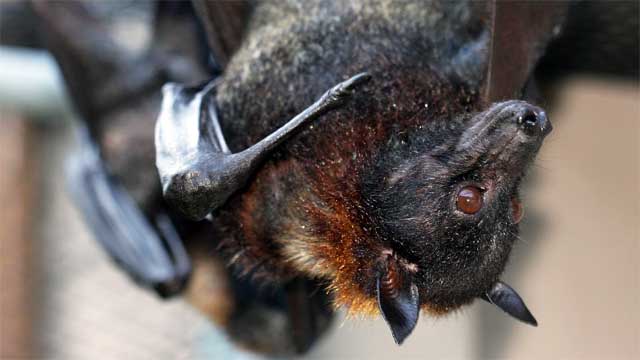
As a hunting bat closes in on a flying insect, its echolocation calls get closer and closer together, and shorter and shorter in duration. The calls, more than 160 per second, give the bat rapid-fire information on the location of its ever-moving prey.
To the human ear, the calls register as one continuous sound. Researchers call it the “terminal buzz,” and until recently, scientists did not fully understand how bats produced it.
Bats use muscles in the larynx to produce sound, just like humans, but scientists had never found a mammal muscle that could turn on and off that quickly.
"You can tap your finger on a table, and you can try to tap your finger as fast as you possibly can," said Andy Mead, a biology graduate student at the University of Pennsylvania. Eventually, your muscles seize up and you can’t tap any faster, Mead said. “You can probably tap five, six, seven times a second if you really try.”
